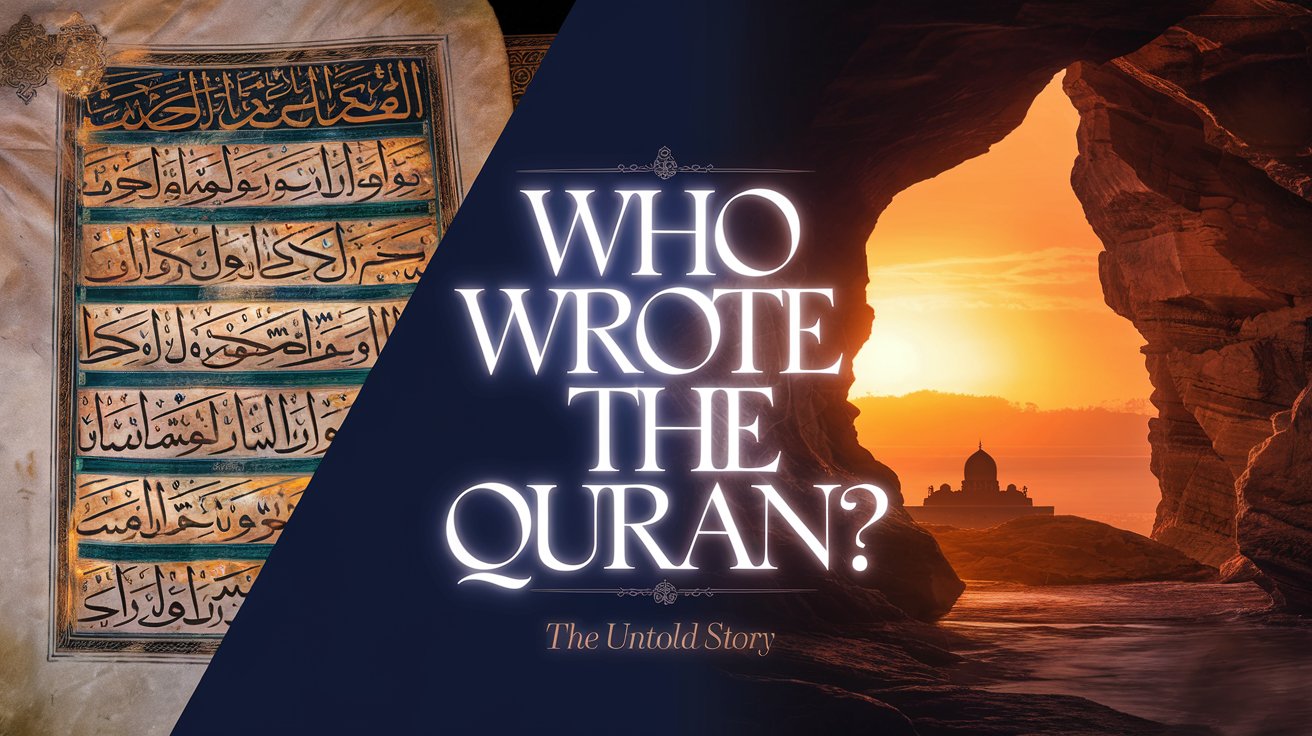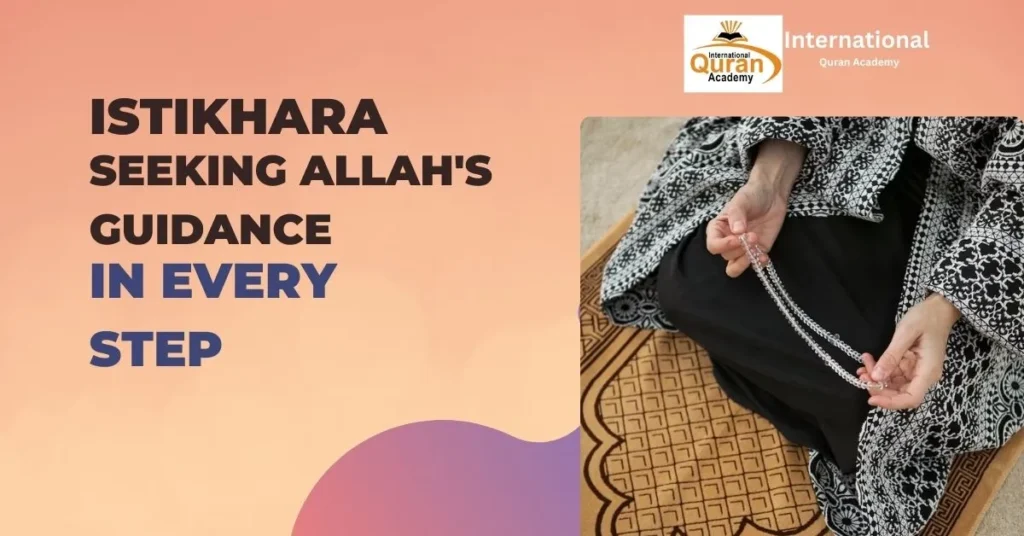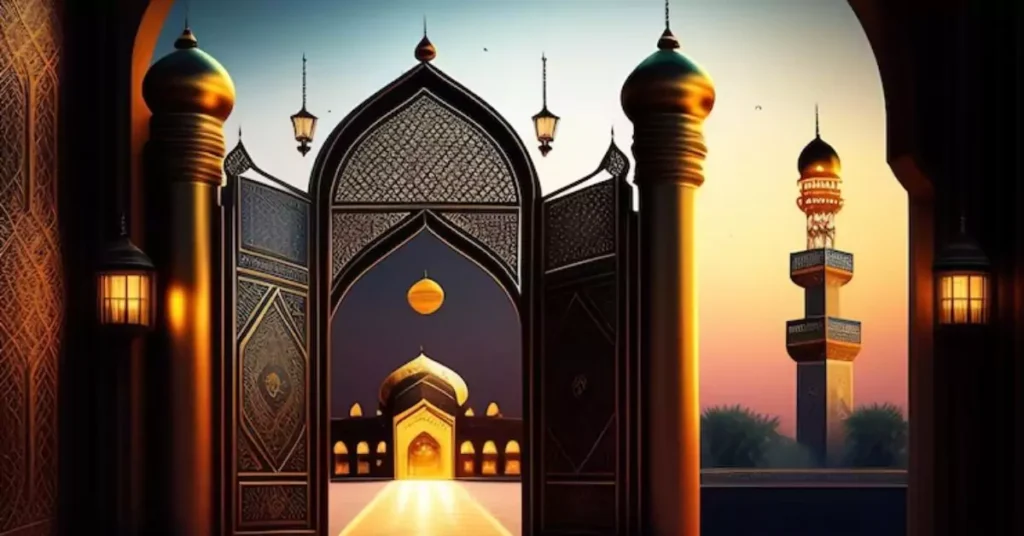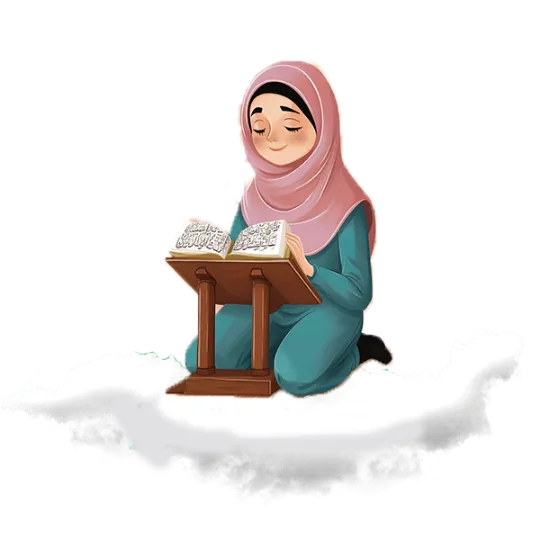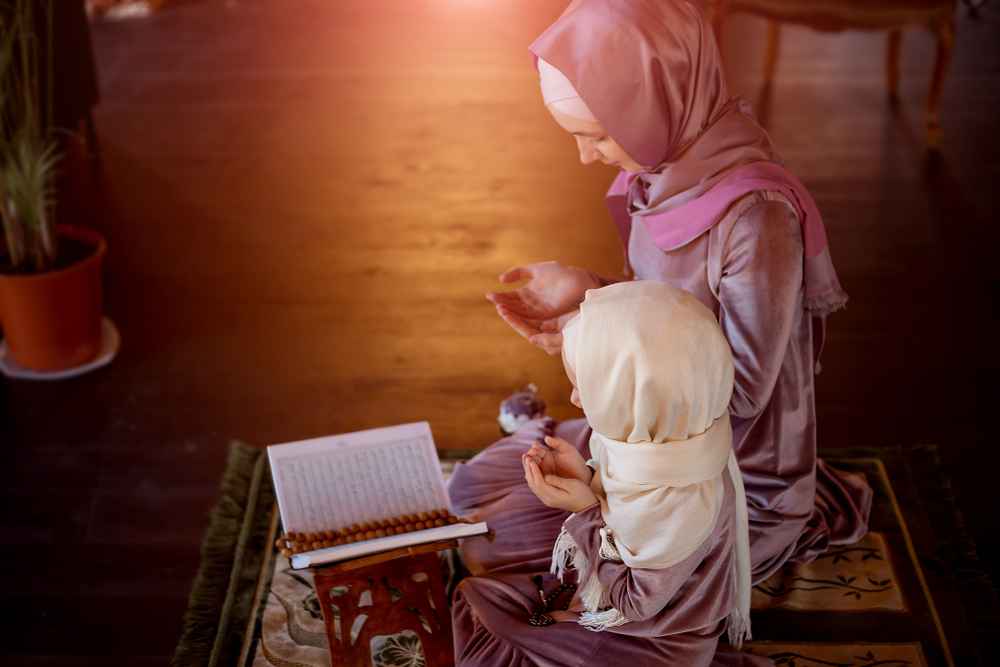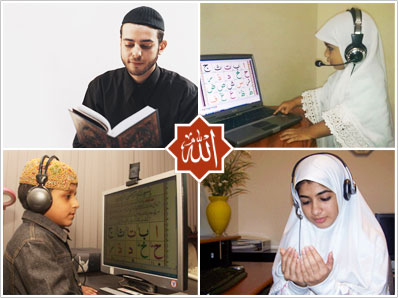Muslims believe firmly that the Quran is the exact word of Allah (God). They say that Allah sent His message to Prophet Muhammad through Angel Gabriel over a period of 23 years. This happened between 610-632 CE. What makes this special is that Prophet Muhammad never wrote anything himself.
Instead, he spoke the words that Angel Gabriel brought to him. Each time Angel Gabriel brought a new message, Prophet Muhammad would share it with his Sahaba. sahaba means followers who belive that muhammad is a last messenger comes from allah.
Many people ask “Who Wrote the Quran?” because Muhammad could not read or write, yet the messages he spoke were clear and beautiful. Muslims see this as proof that the words truly came from Allah, not from Muhammad’s own mind. So while Prophet Muhammad spoke the words, Muslims believe Allah is the true author of the Quran.
Who Wrote the Quran Historical Background
The Quran’s story started in ancient Arabia between 610 and 632 CE. During this time, Prophet Muhammad (ﷺ) lived in two main cities – Mecca and Medina. At this time, there were no books or papers to write the Quran on. Instead, people learned it by listening and repeating. Many of Muhammad’s (ﷺ) Sahaba spent hours memorizing each word exactly as he spoke it.
While most people learned by hearing and memory, some also wrote parts of the Quran on whatever they could find. They used simple things like palm leaves, flat stones, and pieces of leather. This mix of speaking, memorizing, and basic writing helped keep the message safe and unchanged. The fact that so most of the people learned it by heart meant that everyone could check if someone made a mistake. This way of passing down the Quran worked well in a time when most people couldn’t read or write.
How the Quran Was Saved and Put Together
When Prophet Muhammad Was Alive
When Prophet Muhammad (PBUH) got a message from God, that sahaba would quickly learn it and some write and some memorize. These people had strong memories because in Arab culture, people were good at remembering long stories without writing them down.
They picked palm leaves and dried them carefully so the writing would stay on them for a long time. When they couldn’t find palm leaves, they wrote on flat stones after making them smooth.
They also wrote on animal skins because these lasted a long time without getting damaged. They used pieces of leather too because leather was easy to find and kept the writing clear.
Abu Bakr Orders the First Collection
After Prophet Muhammad, Abu Bakr, the first leader, but they faced a big problem. Many people who knew the whole Quran by heart were dying in battles. Hazrat Abu Bakr worried that parts of God’s message might get lost forever. He asked Sahabi Hazrat Zaid ibn Thabit, who used to write for Prophet Muhammad, to collect all parts of the Quran in one place.
Hazrat Zaid worked very hard and carefully. He gathered all the pieces people had written. And hazrat Zaid made strict rules: he would only accept a written verse if two trusted people could promise they heard Prophet Muhammad say it exactly that way. They also checked each piece with people who memorized the Quran by heart. This made sure every word was right.
Uthman Makes the Final Book
Later, Islam spread to many places. Hazrat Usman, the third leader, saw that people in different places were reading the Quran slightly differently because they spoke Arabic in different ways. They worried these small differences might confuse people later. So he decided to make one official version for everyone to use. Hazrat Usman picked Hazrat Zaid ibn Thabit again to lead this important job.
Hazrat Zaid and his team used Abu Bakr’s collection as their guide. They checked every single word. They asked Prophet Muhammad’s Sahaba who were still alive to make sure the words and the way to say them were exactly right.
After they finished this careful work, Hazrat Usman ordered people to make several perfect copies. He sent these copies to all the main Muslim cities. With each copy, he sent a teacher who could show people how to read it correctly. Then, to stop any mix-ups, he asked people to bring all other written versions to him. This way, everyone would use the same exact words.
This careful way of saving the Quran shows how much attention they paid to every detail. They used both memory and writing to keep the words safe. They checked everything many times.
Because of this careful work, the Quran has stayed the same for more than 1,400 years. Today, if you go to any mosque anywhere in the world, you will find the same Quran that Uthman’s team put together. Muslims believe this shows that God has protected their holy book.
This wasn’t just about keeping words safe – everyone worked together to do this important job. They used both speaking and writing to save the words. And They worked in a very organized way at a time when most people couldn’t read or write. They created new ways to keep important words safe that no one had thought of before.
The way they saved the Quran teaches us many things:
- How people can work together to do something important
- How to keep important words safe for a long time
- How to be very careful and check everything many times
- How to solve problems when they come up
- How to make sure everyone uses the same words so there’s no confusion
Today, Muslims around the world can read the exact same words that Prophet Muhammad spoke more than 1,400 years ago. This shows how well these early Muslims did their job of saving God’s message.
The Language and Writing Style of the Quran
The Quran speaks in Classical Arabic, a special form of Arabic that was used for the most beautiful poetry and speech at that time. This language choice was perfect because it was the finest way to express ideas clearly and beautifully. When people first heard the Quran, they were amazed by its words because they had never heard anything like it before.
The way the Quran talks is special and different from other books. It sometimes tells stories, sometimes gives advice, and sometimes describes nature and the universe. Even expert poets and speakers of that time agreed that its style was unlike any human writing. The words flow smoothly, and when people read them out loud, they sound like music without being a song.
The Quran has 114 chapters, which Muslims call “suras.” Each sura has its own name, usually taken from an important word or story in that chapter. For example, one sura is called “The Cow” because it tells a story about a cow. Another is called “The Sun” because it talks about the sun and its light.
What makes the Quran’s organization interesting is that its chapters are not arranged in the order they were revealed to Prophet Muhammad. Instead, most chapters are placed from longest to shortest. The longest chapter has 286 verses, while the shortest has only three verses. This unique arrangement helps people memorize the Quran more easily.
Each chapter starts with “In the name of Allah, the Most Gracious, the Most Merciful” (except for one). This opening line reminds readers that they are about to read God’s words. The words are so carefully chosen that changing even one word would change the meaning or break the beautiful flow.
People who know Classical Arabic say that each time they read the Quran, they find new meanings they didn’t notice before. This is why millions of people have memorized the entire book, even if they don’t understand Arabic. They feel that just saying these words exactly as they were revealed is special and meaningful.
Today, even though most Arabs speak different kinds of Arabic in their daily life, they can still understand the Quran’s Classical Arabic. This shows how this special language has stayed alive and important for over 1,400 years, mainly because of the Quran
Historical Preservation
The Quran we read today is the same as it was 1,400 years ago. While other old books changed when people made new copies, the Quran has stayed the same. This happened because people saved it in two ways: by remembering it and by writing it down.
Many Muslims, called Hafiz, learn the whole Quran by heart. Even young kids can remember all 600 pages perfectly, word by word. When these people read the Quran out loud, others follow along in their books to make sure every word is right. This way of checking helps keep the words safe.
People have found very old Quran books in places like Turkey, Yemen, and Egypt. These books are more than 1,300 years old! When they look at these old books and compare them with today’s Quran, they see that the words are exactly the same. This proves that the Quran hasn’t changed.
Teachers are very careful when they teach the Quran. They make sure their students read and remember it correctly. When people write new copies, they check every word to make sure nothing changes. The words stay the same even when people write the Quran in other languages.
Muslims believe God promised to keep His message safe. The fact that old books match today’s Quran shows that people did a very good job of keeping this promise. Whether someone reads the Quran in America or Asia, they read the same words that people read 1,400 years ago.

